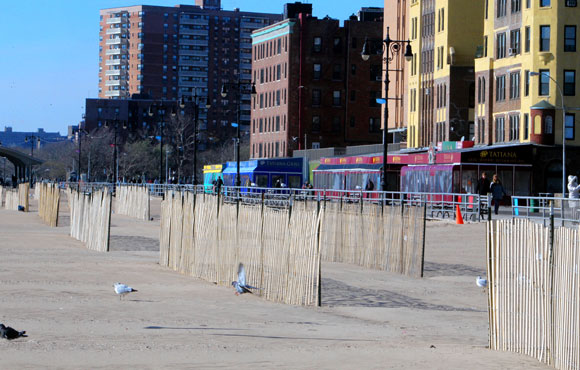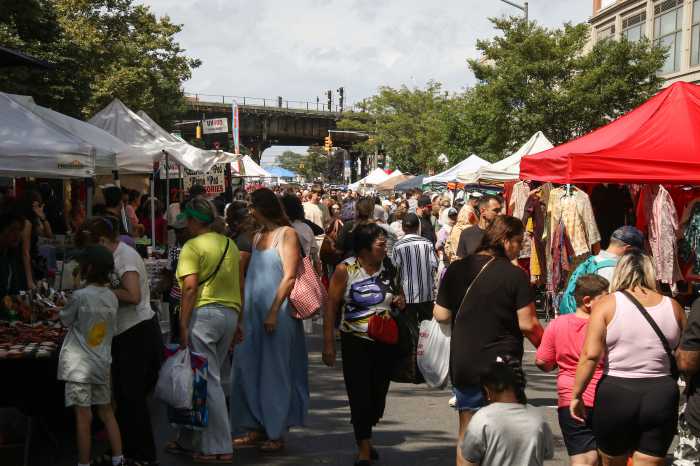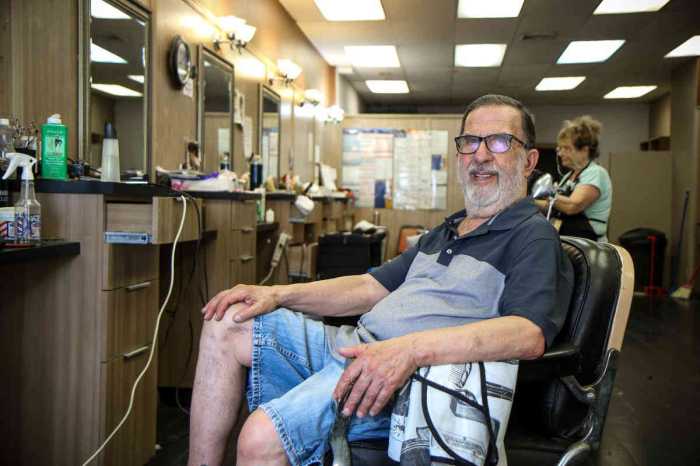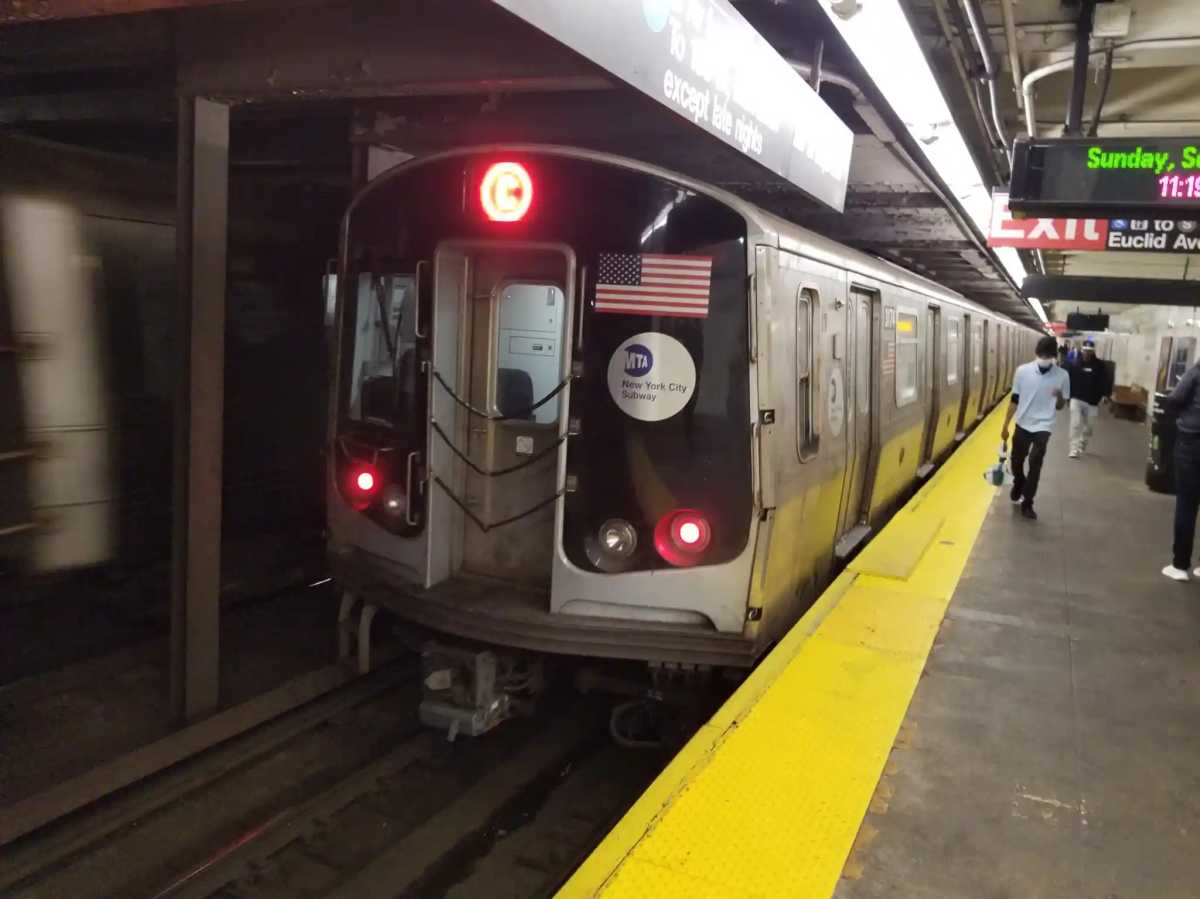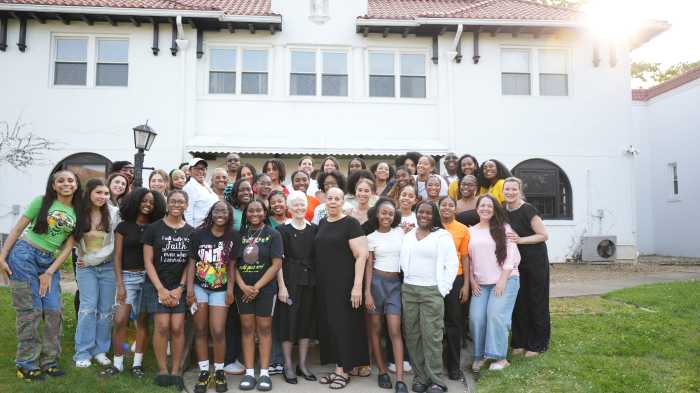Giving Coney Island’s iconic wooden Boardwalk the same landmark protection as Prospect Park could be the only way to thwart the city’s plans to remake it in concrete and plastic, according to the area’s councilman.
Councilman Mark Treyger (D–Coney Island) is pushing to get the Riegelmann Boardwalk landmarked as a way to halt work on the Brighton Beach section of the Boardwalk to rip up the hardwood boards and replace them with cement and plastic slats.
The city started construction on the Brighton Beach section last month but the community isn’t giving up the fight to save the wooden walkway, saying that the iconic Boardwalk is essential to the city’s history and should be protected as one of the city’s scenic landmarks.
“This to me is an issue that goes beyond Coney Island — this structure has a role in New York history,” Treyger said of the 91-year-old Boardwalk named after former Borough President Edward J. “Ned” Riegelmann. “There are so many New Yorkers that can recall stories of going to the Boardwalk with their families and friends.”
Treyger wrote a letter to the city’s Landmarks Preservation Committee last week urging it to designate the Boardwalk as a scenic landmark. He said the designation is rare but there are several sites in the city — including Central Park and Prospect Park — that have secured the status. He said the Boardwalk deserves to be landmarked and residents shouldn’t be punished because they have less wealth than other neighborhoods.
“I will be working with my colleges in government and the community to advocate for what we believe is a public treasure in our part of New York that historically has not been given the level of attention it deserves,” Treyger said. “We hear about this theme of two cities — certain well-to-do areas get more resources.”
The Parks Department said it plans to convert the 2.5-mile Boardwalk — which stretches from the border of Sea Gate to Brighton 14th Street — into a plastic and concrete path to ensure a more “sustainable” walkway. But Treyger said that cement surfaces can’t protect residents from severe weather as well as the wooden Boardwalk.
“Tell the residents of New Orleans that their concrete levees were safer,” he said, alluding to the flooding during Hurricane Katrina. “Mother Nature will destroy anything in her path she wants to.”
One local said the cement Boardwalk is the Parks Department’s way to avoid routine maintenance that future generations would regret. He said a cement Boardwalk will permanently deface the area but he agreed a landmark classification could stop the destruction of the icon.
“It is kind of like vandalizing the Boardwalk — it is a short-sighted solution that future generations will wonder how this happened,” said Charles Denson, the director of the Coney Island History Project. “Landmarking it would prevent this sort of plan in the future.”



